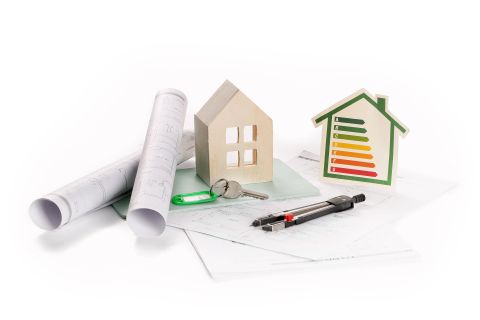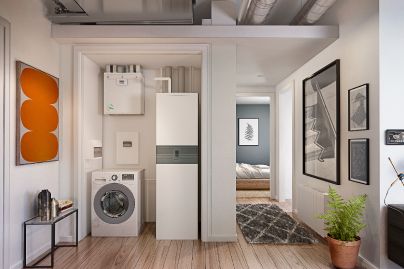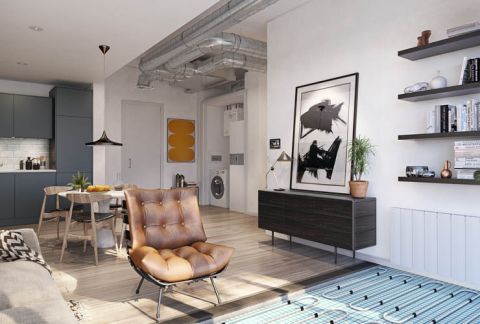With over 70 years of experience in the HVAC industry, our Continuing Professional Development (CPD) presentations will help you collect accredited hours while giving useful, relevant, and up-to-date information on how to improve how you specify the systems within your buildings.
Our CPDs are designed to help building professionals understand different HVAC technologies, from project application to potential routes to compliance. All our presenters are trained by GDHV, and have extensive experience within the HVAC industry to better understand your requirements.
Our CPDs presentations and courses can be delivered at your offices or online, via Microsoft Teams.
CPD Topics
How smart can electric heating be?
This presentation demonstrates electric heating product demand in relation to environmental policy changes affecting our industry. Housing developers, energy and social housing professionals will gain a valuable insight into understanding considerations that should be made when heating buildings.
Read moreFinding the path to Part L compliance
This presentation explores some of the potential routes housing developers can take to achieve 2013 Part L compliance with electric heating. It is aimed at professionals looking to integrate electric heating into domestic dwellings or those looking to increase their knowledge of electric heating systems.
Read moreGround source heat pump collectors; evaluating the options
This short CPD course covers the different GSHP collector options available on the market, providing some rules of thumb used within the industry and guidance on where to go when more detailed analysis is required.
read moreIntroduction to heat pump technology
This CPD is suitable for anyone who needs an introduction to heat pump technology, introducing the main benefits for new build and refurbishment projects. This CPD is aimed at architects, building service engineers and professionals needing an introduction to heat pump technology.
Read more
For key information that brings value to each stage of your project from inception through to completion

How is the UK Government planning to incentivise low carbon heating system installation through the Heat and Buildings Strategy?
The UK Government announced the much-anticipated Heat and Buildings Strategy on the 18th of November 2021. It revealed ambitions for the transition to low carbon buildings of the future, with plans to phase out fossil fuels in favour of electrification. The Heat and Buildings Strategy outlines how £3.9 billion of funding will be allocated in the three-year term of 2022-2025 to speed up the decarbonisation of heat.

How does the Zeroth Energy System address domestic hot water demand and reduce primary energy use in apartments?
Domestic hot water (DHW) is typically the dominant energy load in modern, well insulated buildings. Ambient loops, such as the Zeroth Energy System can significantly reduce the annual CO2 emissions and primary energy use of large residential properties in two ways:
Balancing the DHW demand and output
Heating water to the required temperature at the point of use
We will consider how the technology achieves these reductions and what the impact is on modern developments.

How do ambient networks that use in-apartment heat pumps work?
Ambient networks typically consist of in-apartment water-to-water heat pumps connected via a central loop to a central plant. Each heat pump uses ambient water from the central loop to provide heating, hot water and even cooling into the apartment. For domestic hot water use, the heated water is stored in an unvented, integrated cylinder that sits below the heat pump module in the apartment, whilst the heating circuit could use emitters such as radiators, fan coils or underfloor arrays.











